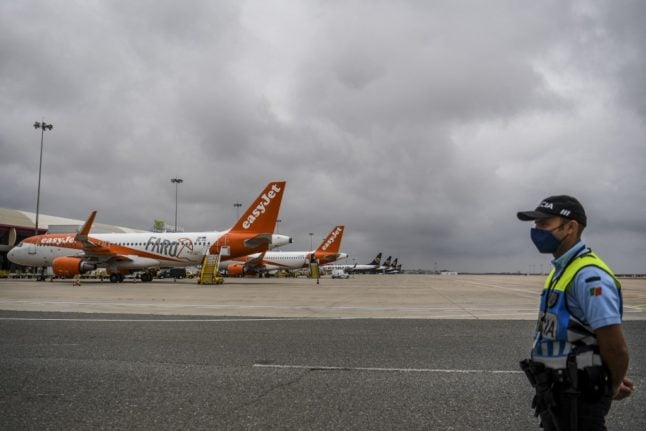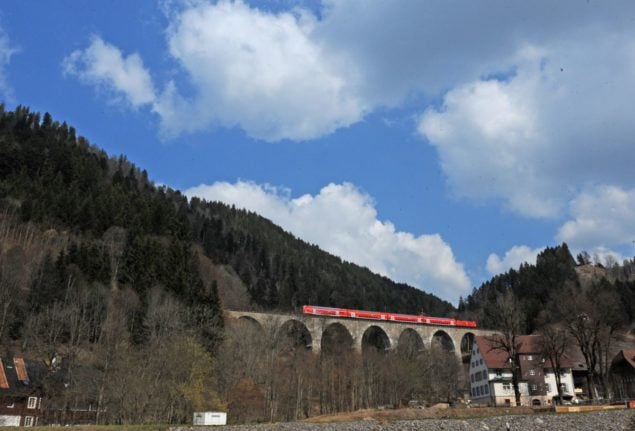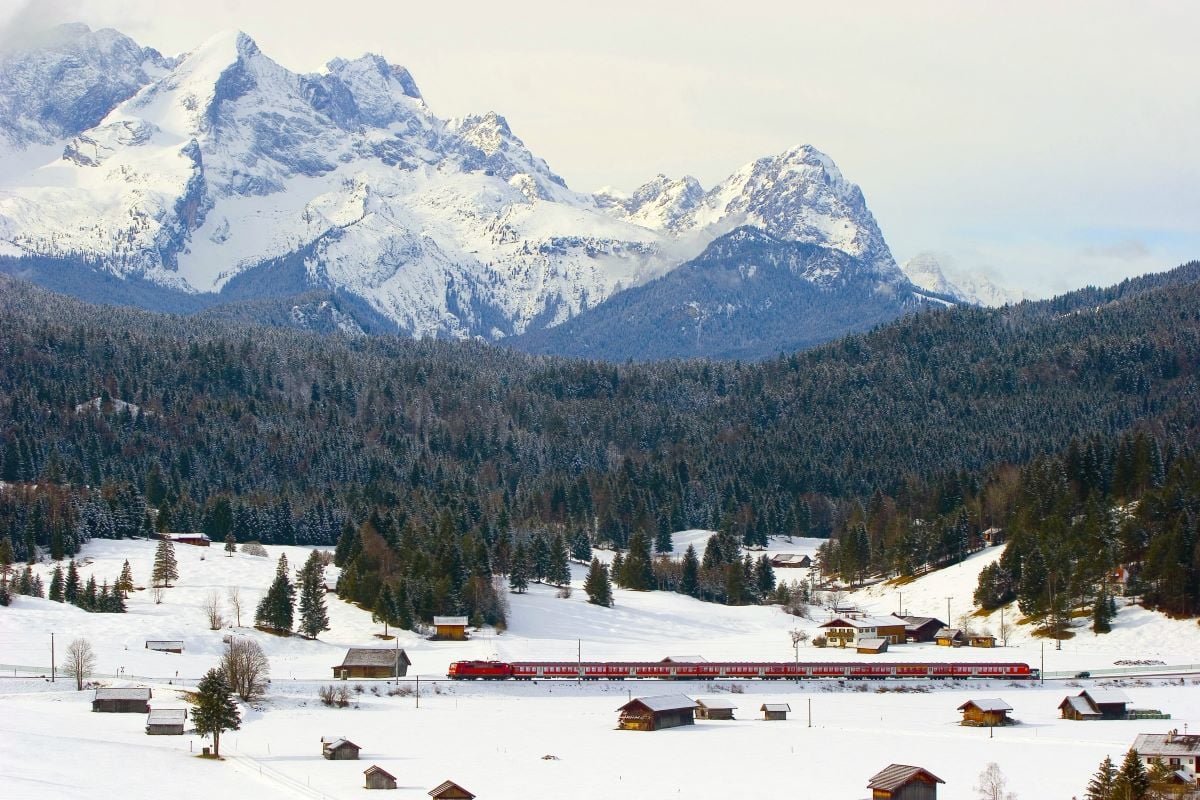The latest data from the global flight airline analysis firm Citrium shows that airlines have cancelled 25,378 flights from their August schedules, of which 15,788 are in Europe.
Airlines across Europe have been struggling with staff shortages, with passengers reporting chaotic scenes and long queues at airports.
Many other airlines and airports have been hit by strikes from staff demanding higher wages to help them deal with the cost of living, compounding the misery for airline passengers.
According to Cirium, Turkish Airlines is the company responsible for the largest number of cancellations in Europe with 4,408 cancelled flights, then comes British Airways with 3,600 cancellations, easyJet with 2,045, Lufthansa with 1,888 and Wizz Air with 1,256.
The 15,000 cancelled flights, however, represent just two percent of the August 2022 flight schedule for Europe.
If you are flying from an EU country, or with an EU-based airline, you must be offered a choice of either a refund or an exchange if your flight is cancelled.
READ ALSO Airport chaos in Europe: What are your rights if your flight is cancelled or delayed?





 Please whitelist us to continue reading.
Please whitelist us to continue reading.
Member comments